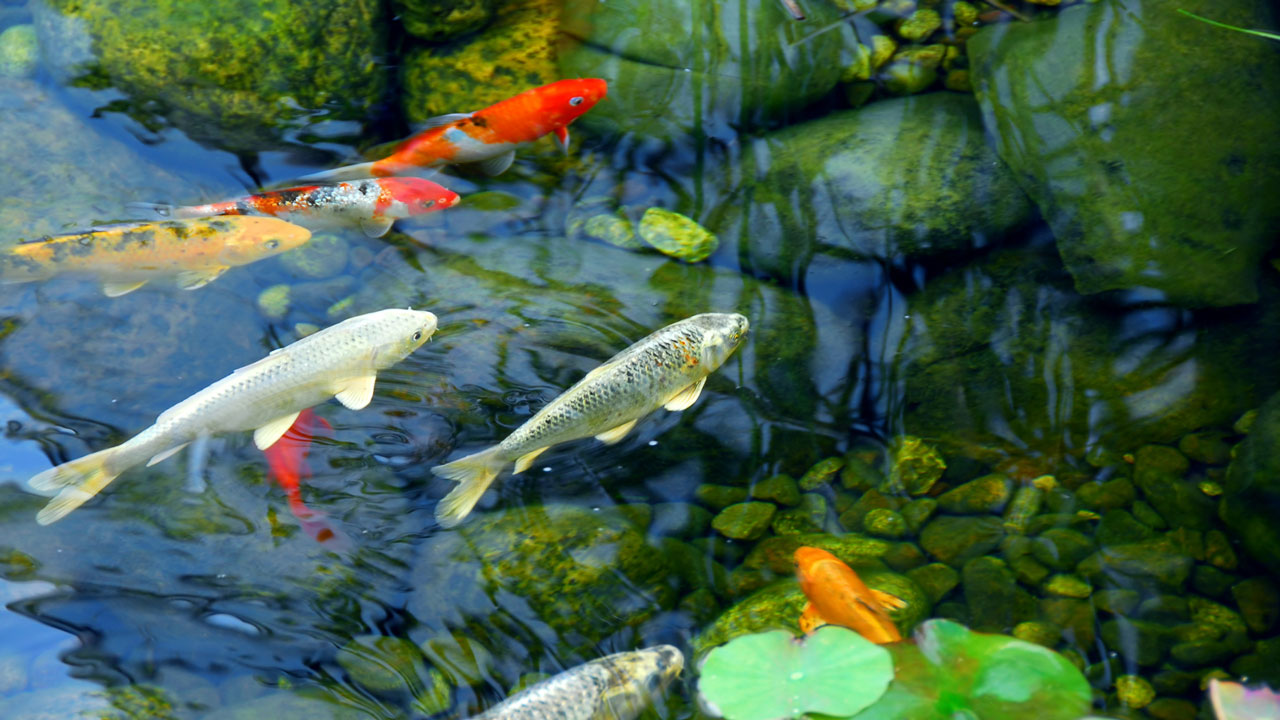
Even with limited space, you can create a water feature that provides a peaceful escape, supports local wildlife, and enhances your outdoor living area. This guide explores compact design ideas, essential considerations, and tips for maintaining a small-space backyard pond.
Maximizing Space with Creative Ideas
Maximizing the potential of small backyard spaces for ponds requires creativity and a strategic approach to design. Here are expanded ideas on how to create a visually appealing and functional water feature, even in the most compact areas:
Vertical Water Features
Incorporating a vertical water feature or wall fountain is a brilliant way to introduce the element of water into your garden without requiring a large footprint. These features can be mounted on fences or walls, creating a cascading effect that adds visual height and the soothing sound of water.
Vertical water features are particularly effective in urban gardens, where ground space is at a premium. They can also act as a striking focal point, drawing the eye upward and making the space feel larger. By choosing a design that complements the style of your garden, a vertical water feature can seamlessly integrate into your outdoor space, providing both aesthetic beauty and the calming ambiance of flowing water.
Container Ponds
Container ponds are an ideal solution for the smallest of spaces, offering the beauty and tranquility of a pond without the need for extensive landscaping. Large pots, half-barrels, or even repurposed items like old bathtubs can be transformed into miniature aquatic ecosystems. These portable ponds can accommodate a variety of water plants and small fish, creating a vibrant, living feature that can be positioned on patios, balconies, or tucked into garden corners.
Container ponds also offer the flexibility to experiment with different placements and arrangements, allowing for creative expression and the ability to adjust your garden’s layout as your preferences or seasons change.
Stepping Stones and Bridges
Integrating stepping stones or a small decorative bridge over your pond not only enhances accessibility but also adds layers of depth and interest to your garden. These elements invite closer interaction with the pond, encouraging visitors to pause and observe the water life and plants up close.
Stepping stones can create a path through or around the pond, while a bridge offers a charming vantage point from which to view the entire water feature. This not only maximizes the use of space by combining functional walkways with aesthetic appeal but also adds an element of whimsy and enchantment to your backyard oasis.
Incorporate Lighting
Subtle lighting can transform your pond and garden into an enchanting nighttime retreat. Strategically placed lights can highlight water features, plants, and paths, creating a magical atmosphere. Underwater lights add a dramatic effect, illuminating the pond from within and casting shimmering reflections on surrounding surfaces.
Solar-powered lights offer an environmentally friendly and cost-effective lighting solution, charging by day and automatically illuminating at dusk. By incorporating a variety of lighting techniques, you can enhance the beauty of your pond and garden, making it a captivating destination at any hour.
Planning Your Pond
Assessing Space and Location
Before diving into the design, assess the available space and its location. A pond should be positioned where it can be enjoyed from your home and does not interfere with existing structures or utilities. Consider sunlight exposure; ponds thrive with partial to full sunlight, which supports aquatic plants and keeps the ecosystem balanced.
Design Considerations
Small ponds range from simple container water gardens to in-ground features with recirculating pumps. The design should complement your garden’s style, whether it’s a formal geometric shape or a naturalistic setting. Incorporating a small waterfall or fountain not only adds to the aesthetic but also aids in aeration, crucial for maintaining water quality.
Installation Tips
Choosing the Right Materials
For small ponds, pre-formed liners or flexible rubber liners are popular choices. Pre-formed liners simplify the installation process with their set shapes and sizes, while flexible liners offer more design freedom but require careful installation to avoid leaks.
Essential Equipment
A pump and filtration system are essential for keeping the water clean and clear in your fish pond. For compact ponds, a small, submersible pump is usually sufficient. Additionally, consider installing a UV clarifier to combat algae growth without harming plants or wildlife.
Plant Selection
Selecting the right plants is crucial for creating a balanced ecosystem in your natural pond. Submerged plants, like Anacharis, help oxygenate the water, while floating plants, such as Water Lettuce, provide shade and reduce algae growth. Marginal plants, placed at the pond’s edges, add color and texture. Remember, choosing native plants can attract local wildlife and require less maintenance.
Fish and Wildlife
While not a necessity, adding fish to your beautiful pond can bring added interest and help control mosquito larvae. In small ponds, stick to smaller species like goldfish rather than koi, which require more space. Additionally, your pond may naturally attract frogs, birds, and beneficial insects, contributing to biodiversity.
Maintenance Tips
Regular maintenance is key to a healthy pond, even in a small space. Regular tasks include checking the pump and filter system, removing debris, and trimming dead plant material. Seasonal care involves preparing the pond for winter by reducing feeding and possibly adding a heater to prevent freezing.
Elevate Your Outdoor Space with Professional Pond Design Services
A beautiful pond in a small space can transform your outdoor area into a peaceful retreat that’s both beautiful and beneficial to local wildlife. With careful planning, the right materials, and regular maintenance, you can create a compact pond that fits your space and lifestyle perfectly. Whether it’s the gentle sound of water, the visual appeal of aquatic plants, or the joy of watching fish glide through the water, a small pond can provide big rewards in the form of relaxation and connection to nature.
Don’t let limited space limit your dreams. Contact us today to schedule a consultation and discover how we can create a custom pond that becomes the highlight of your outdoor living area. Dive into the possibilities and make your garden a haven of relaxation and beauty with our professional pond design services!

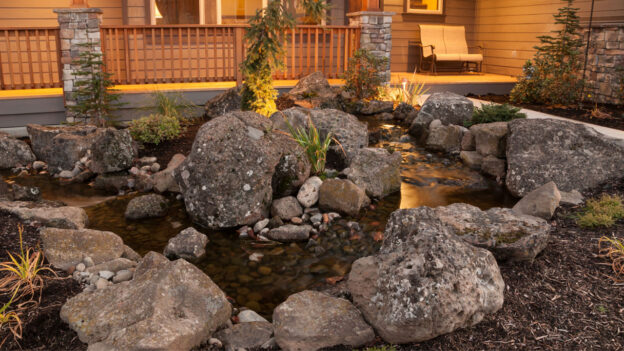
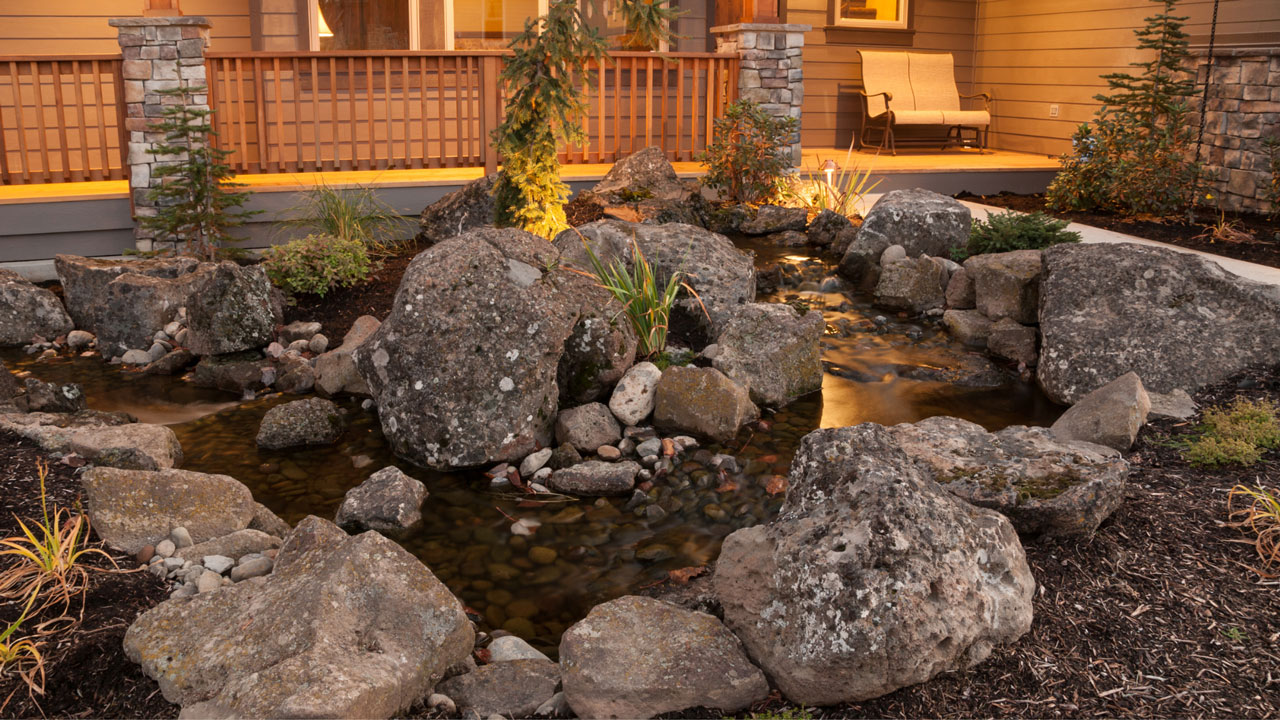 Birdwatching is a beloved hobby for many nature enthusiasts, offering an opportunity to observe the beauty and behavior of our feathered friends up close. If you’re looking to attract more birds to your
Birdwatching is a beloved hobby for many nature enthusiasts, offering an opportunity to observe the beauty and behavior of our feathered friends up close. If you’re looking to attract more birds to your 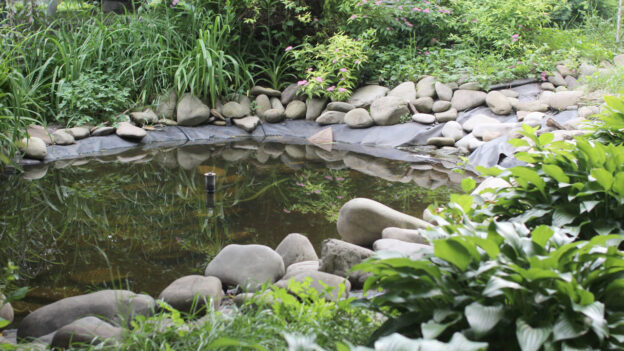
 Enhancing your outdoor space with the soothing sounds and captivating visuals of water can transform your backyard into a tranquil retreat. When considering water elements, two popular options emerge:
Enhancing your outdoor space with the soothing sounds and captivating visuals of water can transform your backyard into a tranquil retreat. When considering water elements, two popular options emerge: 
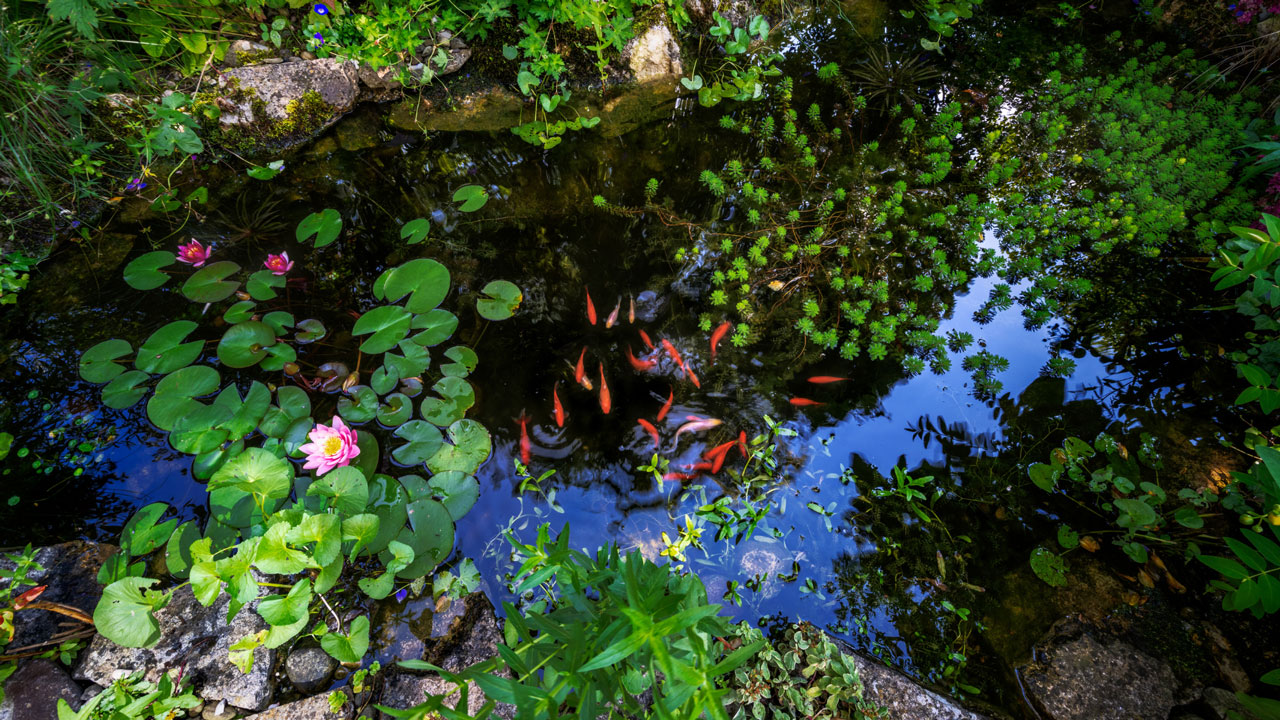 Did you know that stress affects 77% of people in the U.S.? If you’re seeking a tranquil escape, consider
Did you know that stress affects 77% of people in the U.S.? If you’re seeking a tranquil escape, consider 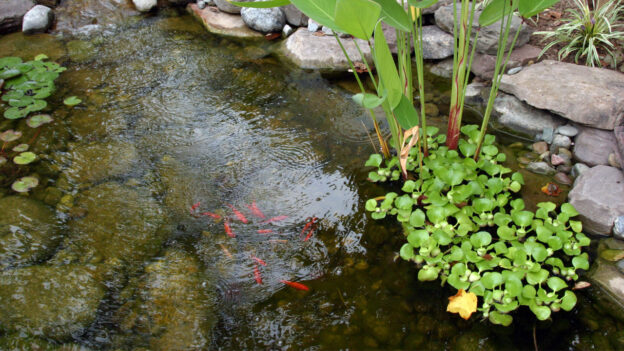
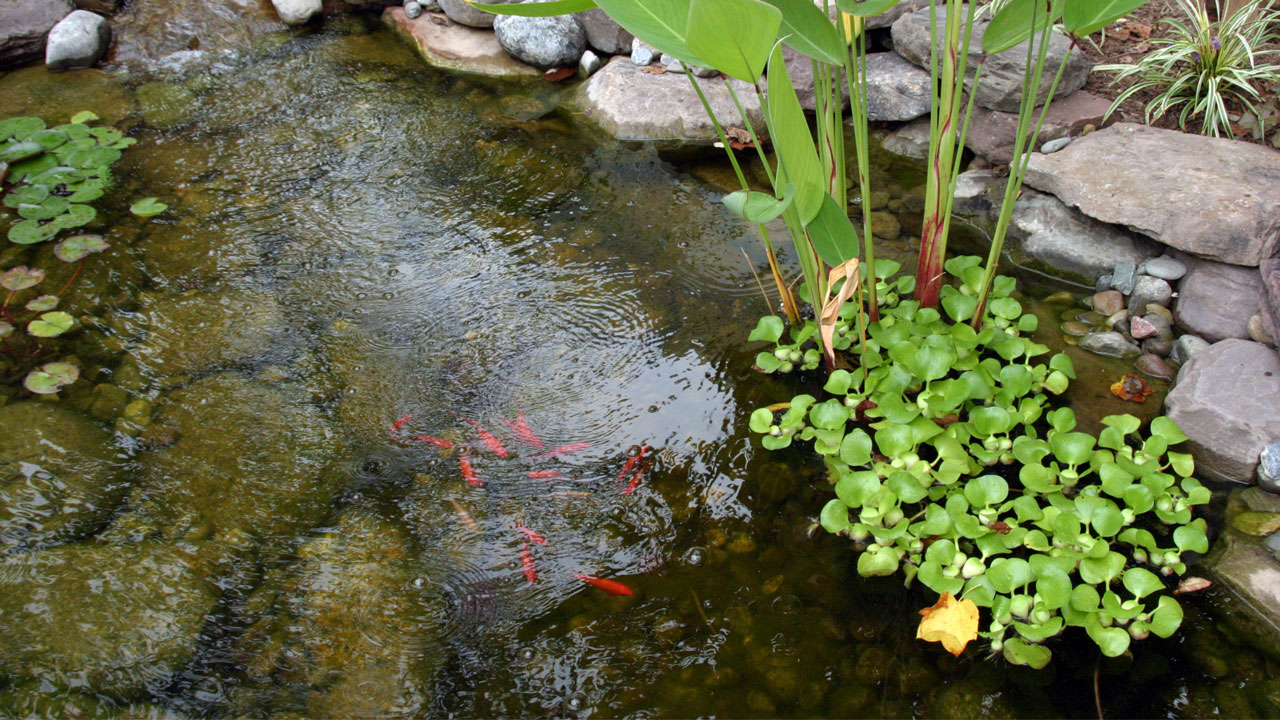 Did you know that
Did you know that 
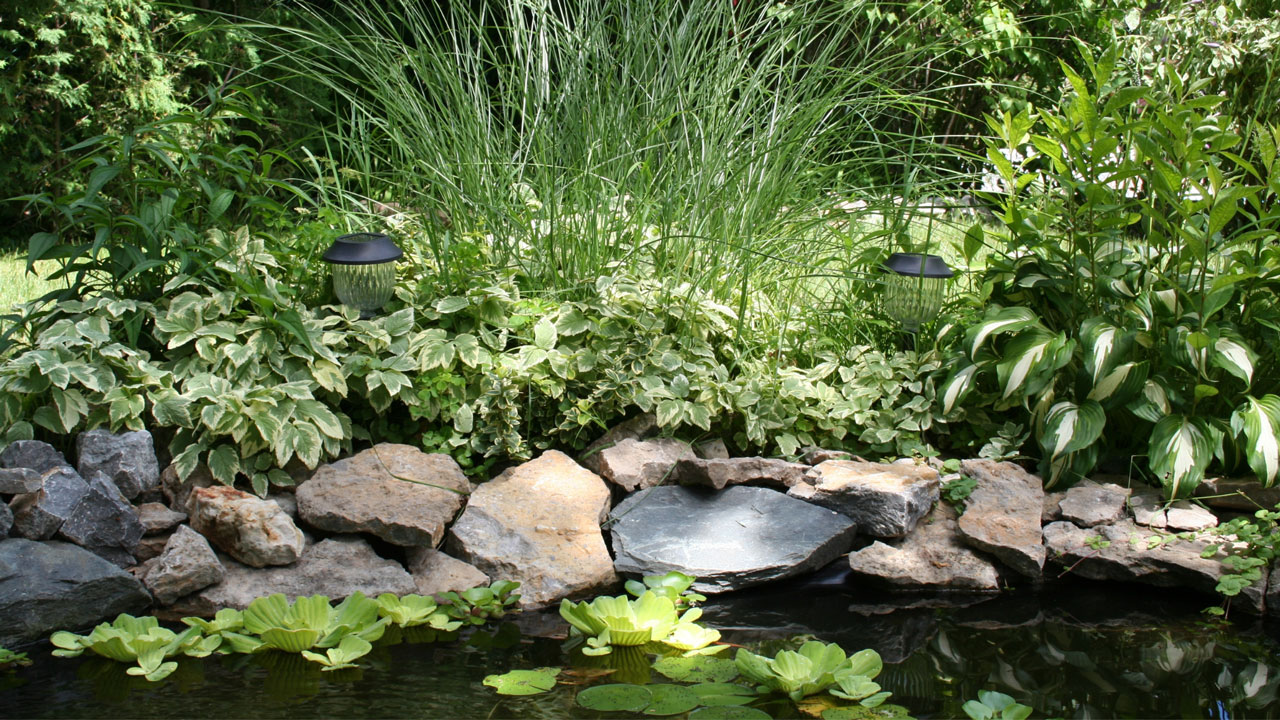 Creating a
Creating a 
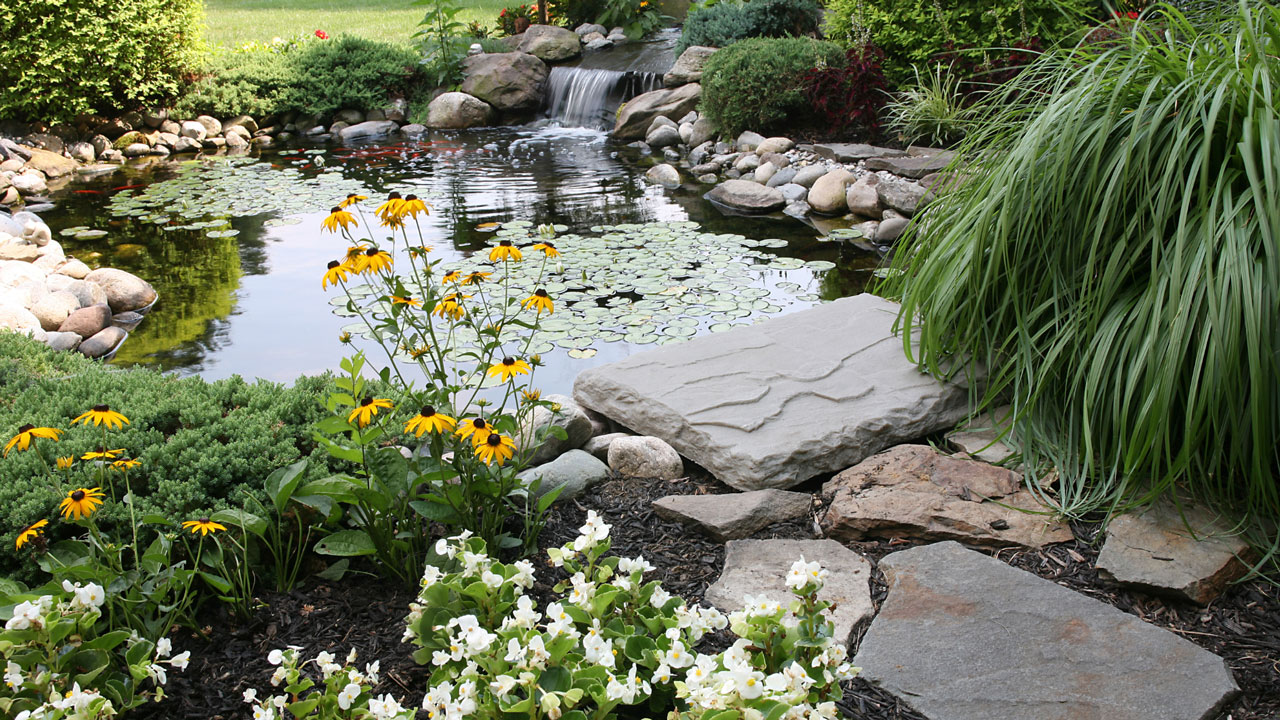 Water plants play a crucial role in enhancing the beauty, ecological balance, and overall appeal of backyard ponds. From providing habitat for wildlife to adding visual interest and improving water quality, incorporating aquatic plants can take your backyard pond to the next level. In this comprehensive guide, we’ll explore the benefits of water plants and provide tips on how to incorporate them effectively into your
Water plants play a crucial role in enhancing the beauty, ecological balance, and overall appeal of backyard ponds. From providing habitat for wildlife to adding visual interest and improving water quality, incorporating aquatic plants can take your backyard pond to the next level. In this comprehensive guide, we’ll explore the benefits of water plants and provide tips on how to incorporate them effectively into your 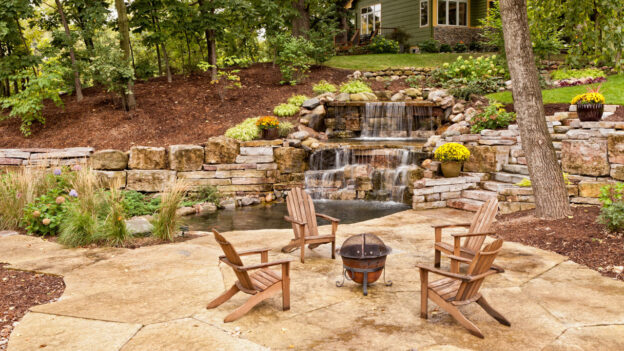
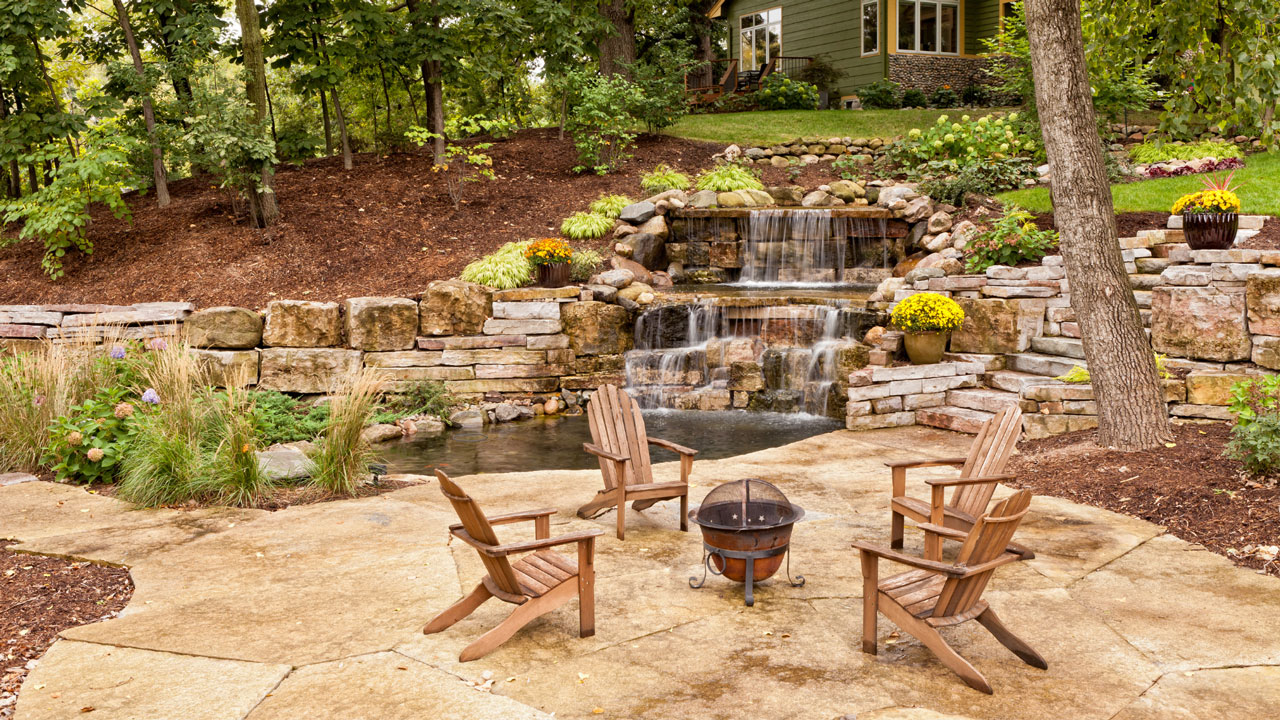 Did you know that most backyard pond issues stem from inadequate maintenance practices? Keeping your
Did you know that most backyard pond issues stem from inadequate maintenance practices? Keeping your 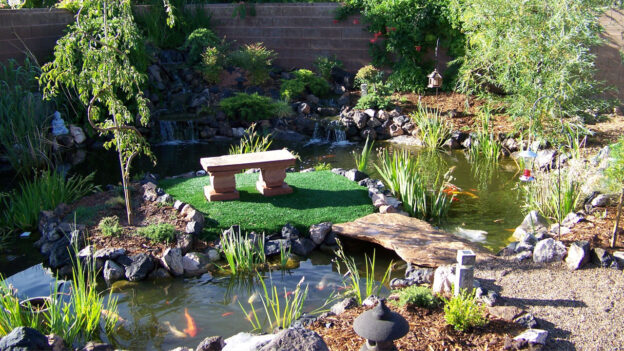
 Creating a backyard oasis is a dream for many homeowners, and one of the most enchanting features you can add to your outdoor space is a stunning backyard pond. Not only does a pond from
Creating a backyard oasis is a dream for many homeowners, and one of the most enchanting features you can add to your outdoor space is a stunning backyard pond. Not only does a pond from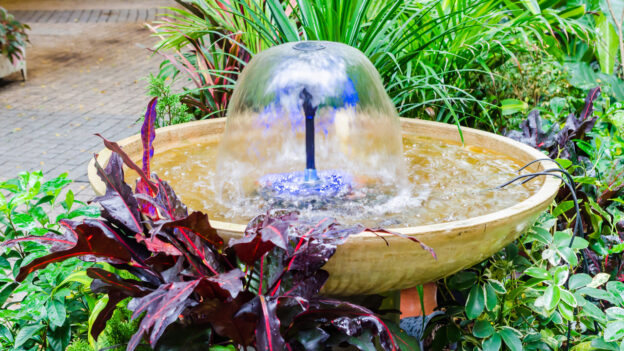
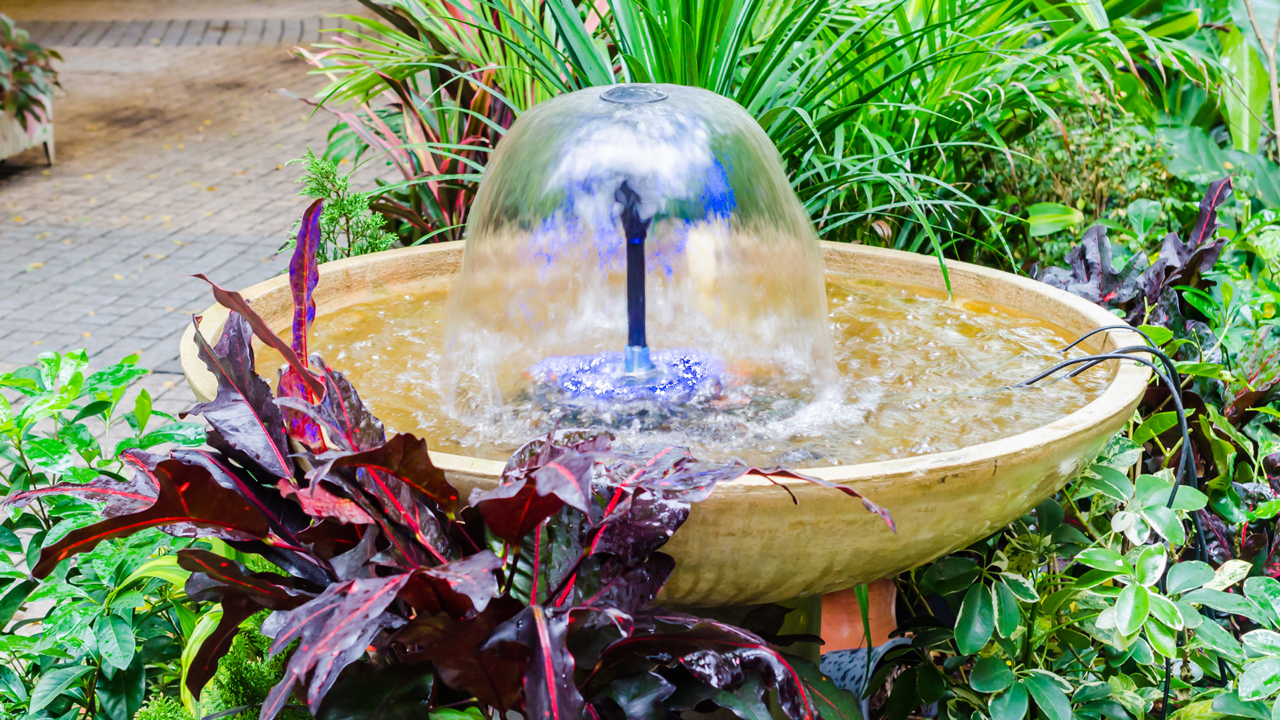 Outdoor fountains are the jewels of any garden, adding a soothing ambiance and aesthetic appeal. However, without proper care, they can fall victim to common mishaps. In this guide, we’ll explore practical tips for preventing issues that might lead to the need for
Outdoor fountains are the jewels of any garden, adding a soothing ambiance and aesthetic appeal. However, without proper care, they can fall victim to common mishaps. In this guide, we’ll explore practical tips for preventing issues that might lead to the need for